
Quarantine aquariums are essential for the serious hobbyist. They are the best way to prevent serious fish diseases. Newly purchased fish are kept in the quarantine tank for four to eight weeks to see if disease pops to the surface.
.
Always keep a new fish in a quarantine tank for at least four weeks.
.
Most hobbyists don’t use quarantine aquariums for their first few years in the hobby and they do well. They come on social media and say “quarantine tanks aren’t needed if you buy from reputable fish breeders“.
And the hobbyists with many years in the hobby quietly laugh a little. Because any hobbyist in the hobby for long will one day get a raging case of columnaris or capillaria from a fish bought from a reputable breeder. They may lose half a tank of valuable fish. And they will have learned an expensive and painful lesson. Most of the time you will be fine without quarantining, but when things go wrong they go very, very wrong. Quarantine tanks are used by almost everyone who has been in the hobby with many tanks for more than several years.
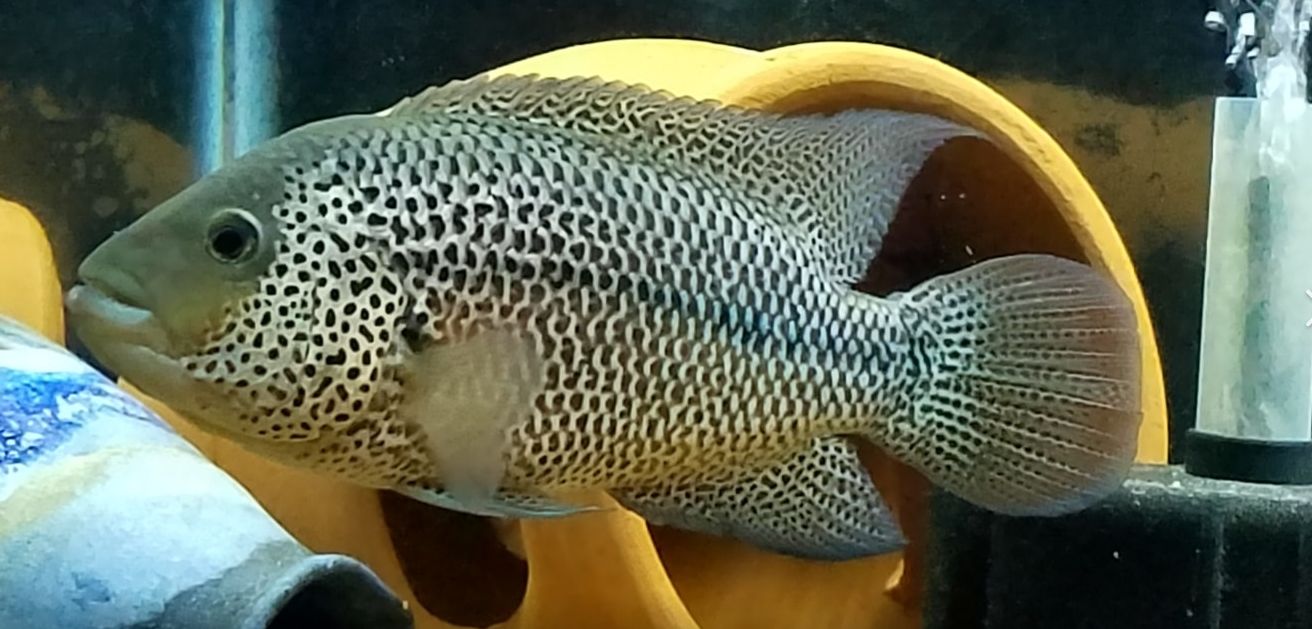
This is best illustrated with an actual Facebook comment:
“Boy did I learn this week. I never thought or felt I needed a quarantine tank for new fish. Well bought some nice fish for a better than great deal. Brought them home. Broke them up into 3 tanks. Put them in. 1 week later not only are they all dead so are all my fish. 1 arowana, 2 large peacock bass, 14 yr. old. pleco, 1 huge red terror, 2 jaguars and 3 large orange parrotfish.
So a quarantine tank is very important. One of the three will now become my new fish quarantine tank. I feel like selling and shutting it all down. 6 big over 125 gallons on up tanks. What a lesson I hope no one ever has to experience. Sucks big time.”
Been there, done that! I didn’t use quarantine tank for probably twenty years. I “didn’t need it”. Then I got a raging columnaris infection from some new fish. Killed most of several tanks. So for the past thirty years or so I have religiously used a quarantine tank.
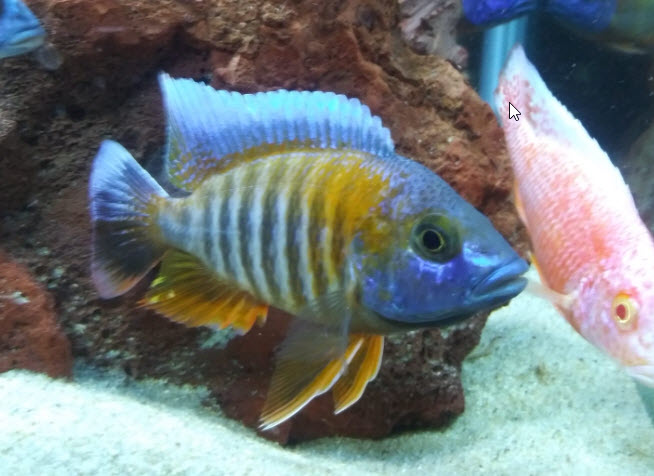
Set Up of a Quarantine Aquarium
A quarantine aquarium needs a cycled filter. This can be a filter in another aquarium or it can be a filter which is on the quarantine aquarium. I recommend cycling the tank for at least six weeks to get a really grungy floc filled filter. Then just leave the grungy floc filled filter alone. Do not clean it, just leave it be.
Contrary to popular aquarium mythology, beneficial bacteria live for years without food, so the filter only needs to be cycled and then left not running, submerged and open to the air. But most people, including myself, run the quarantine filter 24/7.
Most people also run their quarantine aquarium bare bottom with no plants or decorations (I’m different in that I use under-gravel filters in my quarantine tanks, in addition to large sponge filters). Also most people, including myself, feed the filters a small amount once a week during tank maintenance time. But I must emphasis, this feeding is NOT NECESSARY, the filter will do just fine without feeding as beneficial bacteria live very long.
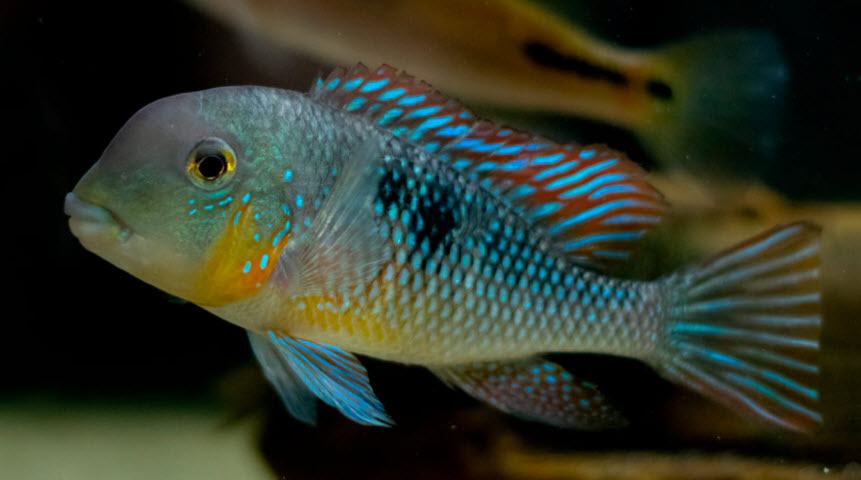
I have two 29 gallon quarantine/hospital tanks. On both I use a 2 ppm per day ammonia cycled under-gravel filters in my quarantine tanks, in addition to large sponge filters. I keep the filters on 24/7 and put some food in the tanks roughly once a week. They have no decorations. When I put fish in the tanks I have air pumps and air stones I set up for the fish.
Opinions differ on what the best routine is for a quarantine aquarium. What I recommend is putting new fish in a quarantine aquarium in a quiet room with several blankets over the aquarium and no light. Let them rest and “de-stress” for a day or two. It is important to keep noise and disruptions (kids, pets, people walking about, etc.) minimized.
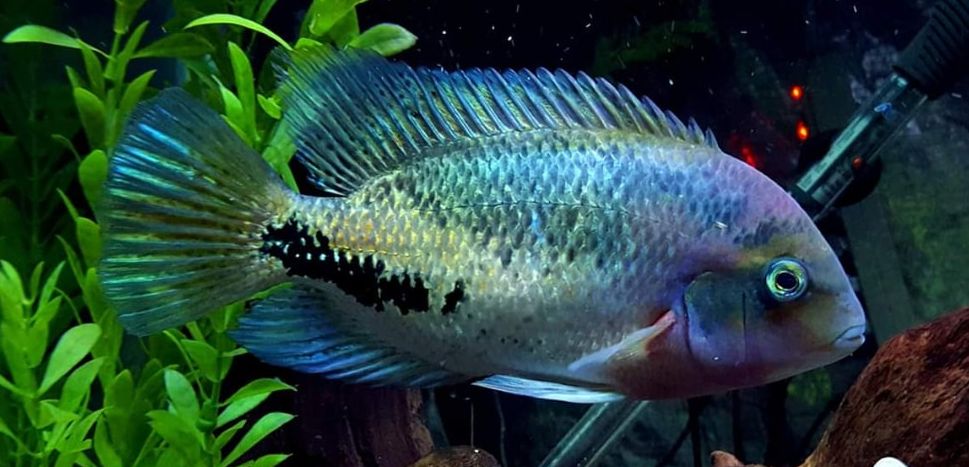
Quarantine Aquarium Medications
Many experienced hobbyists use no medications prophylactically in their quarantine tanks, only treating if a fish disease pops up. This works well and is perfectly acceptable. There is nothing wrong with that approach.
Using medication prophylactically in the quarantine aquarium for me depends on where I got the fish. In some twenty years of getting fish from large breeders via mail order I’ve only had an occasional case of ich pop up and one case of columnaris. I keep mail order fish in a quarantine aquarium for four weeks, but I don’t add medication unless something pops up.
But I do cruise my local fish store, PetSmart and Petco occasionally and can find some amazing bargains. I find that easily 50% of these fish have gram-negative bacterial infections pop up in the quarantine aquariums: fin rot, mouth rot and/or saddleback, i.e. “columnaris” (in addition to a lot of ich). So, I hit these fish prophylactically with a full dose of broad-spectrum antibiotic in the food. I use Maracyn 2 in the food for ten days, fed every day. And I keep these fish in quarantine for six weeks.
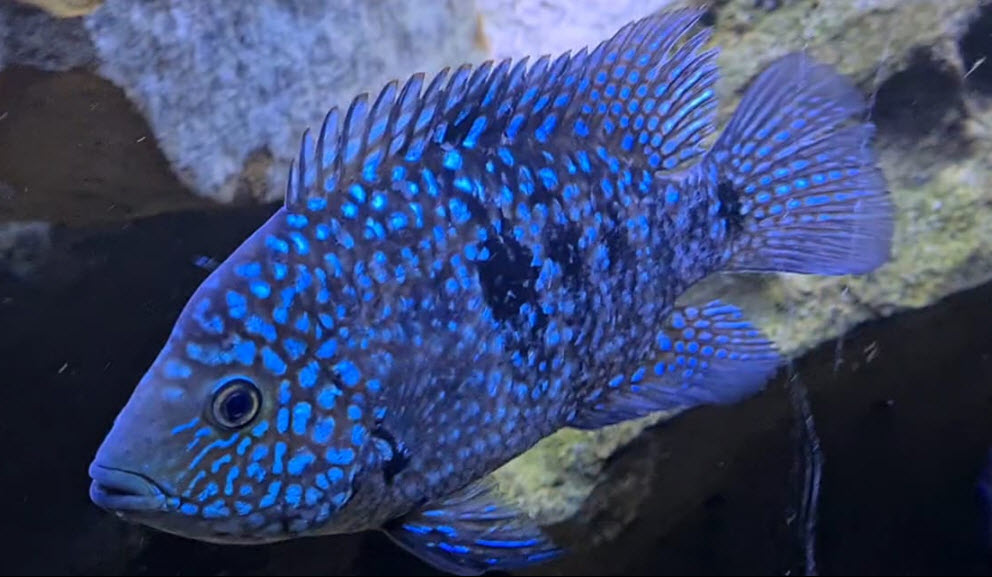
Other acceptable broad-spectrum antibiotics include Thomas Labs Fish Mox, Midland Vet Service Aqua-Mox, VetDepot Amoxicillin, Fishbiotic Ampicillin, Mardel Maracyn 2, SeaChem KanaPlex, Thomas Labs Fish Min and Thomas Labs Fish Doxy. They are ONLY effective when mixed with the food (contrary to manufacturers profit driven instructions).
If one wishes one can continue the prophylactic approach by then “deworming” the new arrivals with Fenbendazole (or levamisole) and praziquantel in the food for worms for their remaining stay in the quarantine aquarium. These medications are relatively harmless to fish.
Deworming medications only need to be fed once every two weeks for the whole quarantine period. Deworming typically takes at least six weeks to be effective. I only deworm livebearers (Platies, guppies, swordtails, mollies) as they seem to have roundworms (camallanus and capillaria) more than other fish. But many professionals (ALL discus breeders do it) deworm ALL their new arrivals religiously,
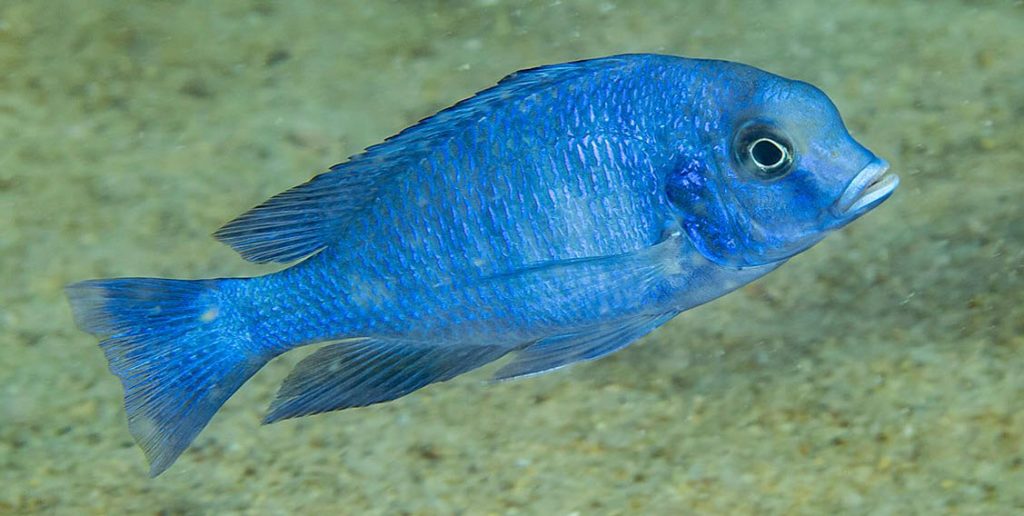
Note the most common ailment of new fish is ich but I’ve found ich to be like measles, it’s rarely serious. So, I treat for ich with Ich-X only if white spots show up on the new fish.
Note most public aquariums treat freshwater fish with at least a six-week quarantine. They also hit the fish with formalin (Ich-X) and Praziquantel and Fenbendazole in the food for the entire period (Hadfield, 2011). They do not use antibiotics,
And Cory of Aquarium Coop (very experienced and bright young man) recommends adding API General Cure ( a combination of praziquantel for flukes and tapeworms and metronidazole for internal parasites), Maracyn (Erythromycin antibiotic for some bacterial infections) and Ich-X (formalin for ich), which seems to be a good enough combination.
Cory adds all of the medications to the water, which I don’t recommend. Specifically adding Maracyn and metronidazole to the water is a waste of money and does nothing. They should be added to the food. And Maracyn 2 (gram negative antibiotic) is much more effective against columnaris than just plain Maracyn (gram positive antibiotic).
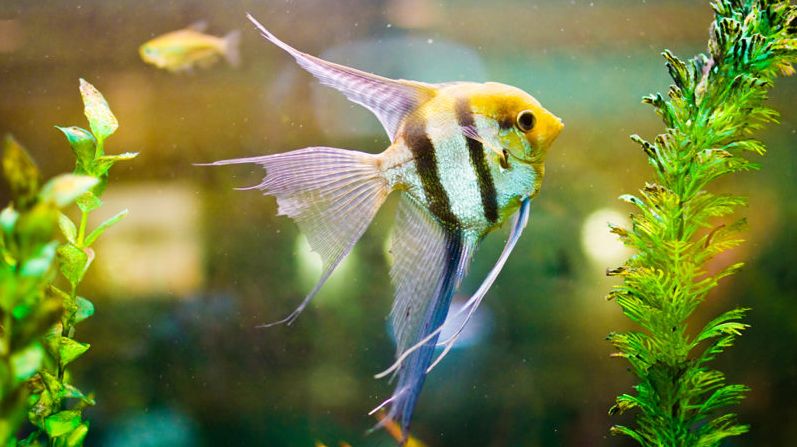
Microscope Analysis
There are some folks which practice “scrape and scope” on new fish in the hospital aquarium to find out if they have any skin parasites like ich or flukes. They scrape the skin of one of the new fishes and put it under a microscope to see if there are any disease organisms. This really isn’t as effective as one might think. The statistics of it are discouraging.
If a sub-clinical infection of flukes or ich is present it will generally be in the gills probably, not on the skin. It will be on probably only one of the fishes. So, a “scrape and scope” will only show a large infestation. If there was a large infestation the fish would have started showing clear signs of a disease. And most pathogens such as skin flukes are present in small quantities on most fish. It does not indicate the fish have an infection of flukes. So I do not see the point in “scrape and scope”.
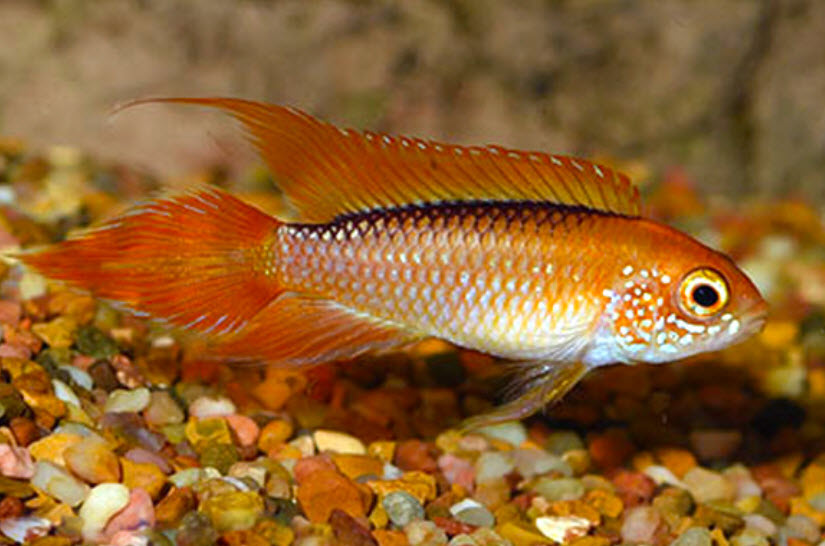
Isolation of Quarantine Aquariums and Equipment
One final note on quarantine aquariums. Any equipment such as nets, buckets or vacuums used on quarantine aquariums or for unbagging fish into the quarantine aquariums should be considered contaminated. Keep the equipment separated.
One popular YouTube video maker uses color coded tape to keep her nets separate. I keep all my hospital and quarantine aquariums and equipment religiously separated in a separate room in my house. There is no movement of equipment between this room and my other aquarium rooms. The only exception is the net used to move a fish which has been quarantined for four to eight weeks into its new tank.
Joey, the popular YouTube Aquarium Expert, got some new fish in. He loaded them into a new aquarium without a problem. Then in two weeks he had a raging case of ich in the older tank below the new tank. He traced it to drips of water from the net he used for adding the fish to the upper tank. It doesn’t take much to transfer a disease.
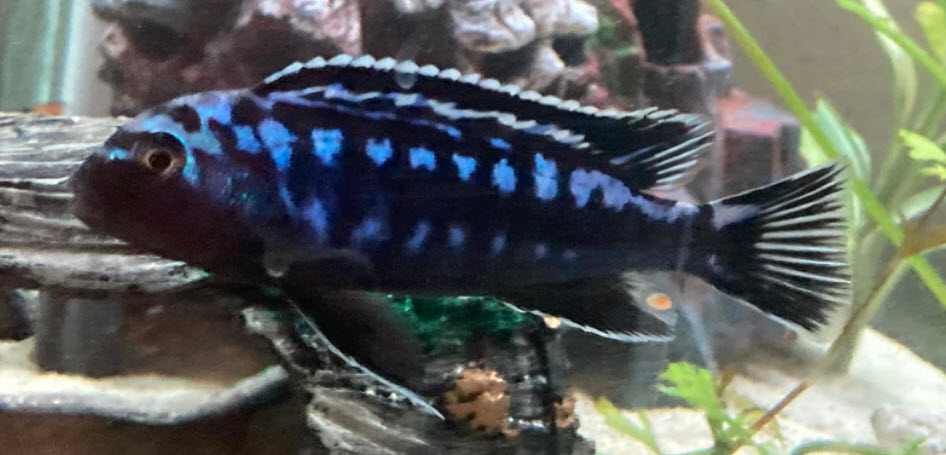
Some try to clean or disinfect the equipment such as vacuums. The statistics on this are daunting. It is simply virtually impossible to completely sterilize something like an aquarium vacuum. Buy two vacuums or better yet simply don’t vacuum the quarantine aquarium. The only real reason for vacuuming is to improve appearance of the tank. The increase in bioload from un-vacuumed feces is minimal.
One note on the location of quarantine and hospital aquariums. Any tank with an airstone in it will contaminate ALL the tanks in the same room with it with SOME level of bacteria and other pathogens. But there are two parts to the equation. One part is the proximity, the other part is something called “loading”.
Now sometimes the “loading”, i.e. the numbers of the bacteria or pathogens transferred, is not enough to trigger the disease in the other. Sometimes the “loading” will trigger the disease. Different organisms have different “loading” requirements. A given bacteria might need 1,000 bacteria per cubic centimeter to cause disease while one ich organism can be sufficient “loading” to cause disease. That is the tricky, unpredictable part of the equation. I have all my hospital and quarantine tanks in a separate room
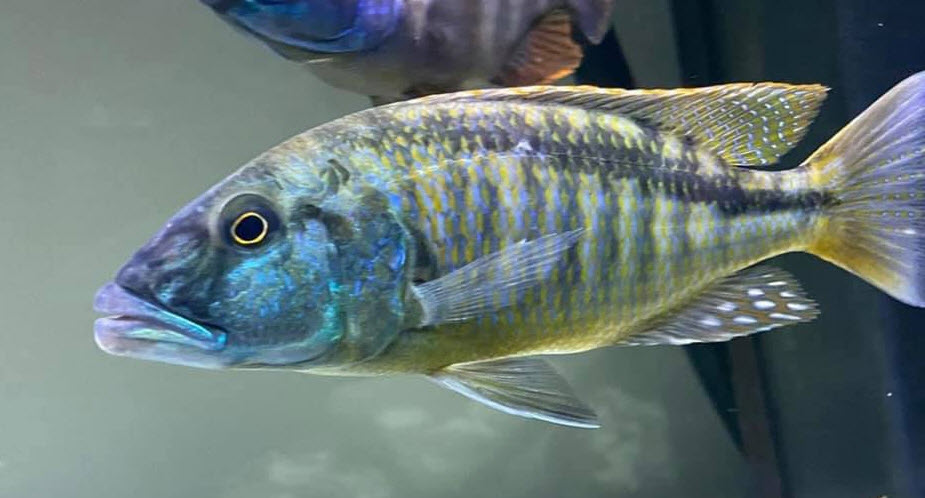
Movement of Fish from Quarantine.
Once fish have been in quarantine for at least four weeks with no “problems” or four weeks after solving a “problem”, it becomes safe to transfer the fish and some of the associated water from the quarantine area to the main tanks.
There is a common misconception that 100% of all disease organisms need to be removed from a fish before it is moved out of quarantine. This is simply impossible. For instance, the bacteria responsible for columnaris will be found on almost every fish and in almost every tank, You can’t get 100% of the organism “sterilized’ out. But you can get the number of bacteria, i.e. the “loading”, down to levels where the immune system of the fish can keep the columnaris at bay and under control.
It is a numbers game. In epidemiology it is called “loading”. One columnaris bacteria per milliliter of water in an aquarium is no problem, that is simply a fact. Let’s say, for an example, 100 per milliliter is also no problem. But, let’s say for an example, at 1,000 per milliliter, healthy fish start having a problem and becoming infected.
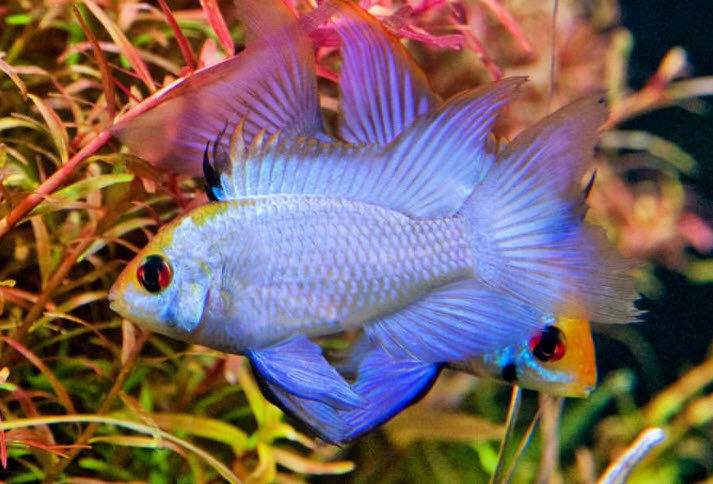
A fish with an active columnaris infection will be putting out more than enough bacteria into the aquarium to meet this 1,000 per milliliter “loading threshold”. Put this fish in a tank with other fish and you will get a deadly plague. Leave the infected fish in treatment in the quarantine tank and the infection stops. So the water is back down into the 100 per milliliter range in the quarantine tank. You can then transfer the fish and some of the water into the main tank with no problem.
Note this requires some “quarantine within quarantine” if one has overlap of quarantined fish. Obviously if one has netted a new fish into a quarantine tank, one cannot then turn around and use that net to transfer a six week quarantined fish to the main tank.
Also note that the “loading” concept doesn’t work for ich. Even one ich trophont can start a raging case of ich. But ich do appear to die out if left without a fish host for more than four weeks at 76 degrees F. So just don’t transfer any fish unless it has been free of ich for at least four weeks.
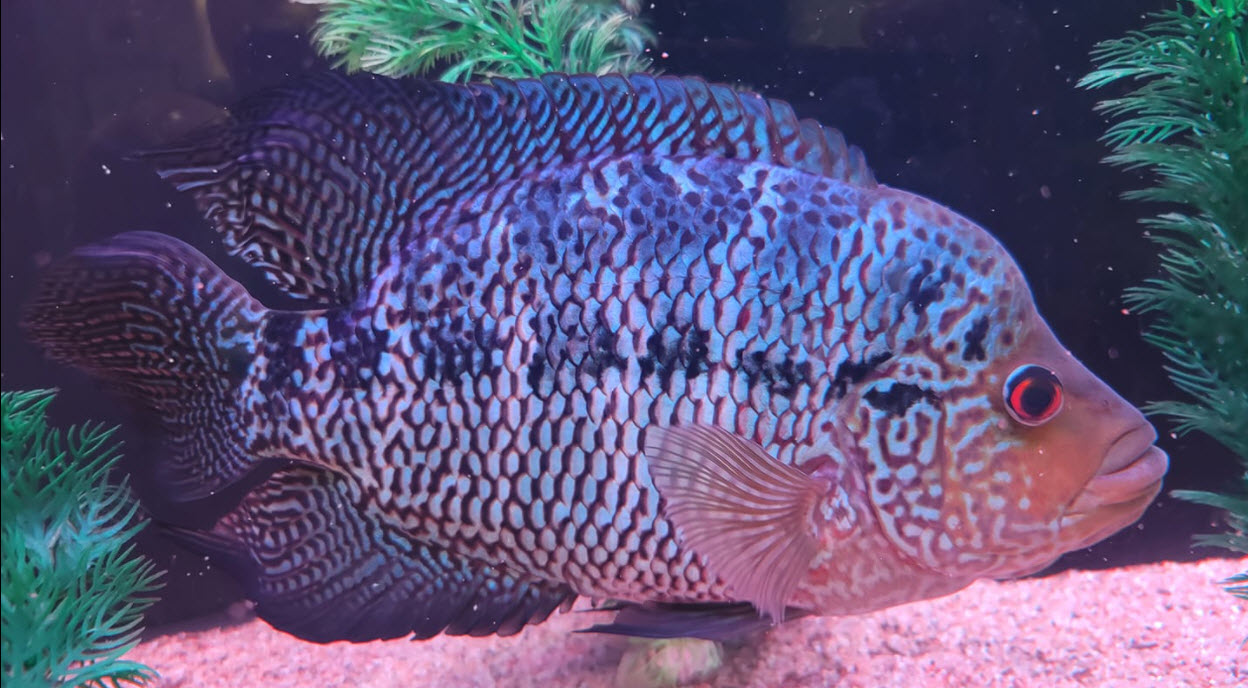
.
Return to Treatments Menu
.
Aquarium Science Website
The chapters shown below or on the right side in maroon lead to close to 400 articles on all aspects of keeping a freshwater aquarium. These articles have NO links to profit making sites and are thus unbiased in their recommendations, unlike all the for-profit sites you will find with Google. Bookmark and browse!
.

Dave says
Elise ….. After four weeks the tank should be just fine. All pathogens should have died down to non-pathogenic levels. Just make sure you are prepared with a shotgun approach of medications in case history repeats itself.
Elise says
Hi Dave, I’m in a previous position as itriedmybest; I have a tank with no fish after there were wiped out by a disease my vet wasn’t able to diagnose. However, I also have shrimp (cherries and amanos) and snails that are doing fine. It’s also a planted tank with aquasoil. Will the tank be ok after 4 weeks, or is it possible for something to linger on in the inverts or the substrate? Thanks for your help!!
Dave says
In reply to Mark B …. 1, The epidemiology of capillaria is not that simple. If you examine the feces in a tank you will fined easily 50% of the fish have capillaria eggs. I only treat when fish start exhibiting symptoms such as not eating and hollow belly.
2, The worms can only feed in the belly of the fish. So they die outside the belly even if the paralyzing medication has worn off.
Mark B says
Hi Dave,
In the chapter “Capillaria”, the deworming regimen is “Feed fish with Fenbendazole in the food for a week every other week for three months in order to eliminate capillaria.”
Here in the “Quarantine Tanks” chapter I see “…“deworming” the new arrivals with Fenbendazole (or levamisole) and praziquantel in the food for worms for their remaining stay in the quarantine aquarium. …Deworming medications only need to be fed once every two weeks for the whole quarantine period. Deworming typically takes at least six weeks to be effective.”
Question 1: if I put new fish into my quarantine tank that (unbeknownst to me) have capillaria, and feed them Fenben and Prazi prophylactically, would I be putting off the inevitable to not dose at the stronger/longer capillaria regimen?
Question 2: Fenben and Levamisole paralyze the jaws of the worms and they lose their grip and pass out of the fish, where instructions tell us to vacuum them out. Inevitably, some worms are lost in the filter or substrate. No one says what happens to them. Are their jaws paralyzed permanently? And if not, would it make sense to add Levamisole (the only water-soluble anthelmintic) to the water to keep their jaws paralyzed till they starve?
Thank you, Mark B
Dave says
Fish can slow down their eating or even stop eating for a variety of reasons. Necropsies on dead fish with “no eating” or “food spitting” show the following incidence:
40% have “hexamita” (“internal parasites”, treat with metronidazole and Epsom salts)
30% have capillaria (“worms”, treat with Fenbendazole or Levamasole)
20% have bacterial infections (treat with antibiotic)
10% have no apparent pathogen
Other symptoms such as hollow belly and bloat also have this “multifactorial etiology” and, like “not eating”, need to be treated with what is basically a shotgun approach with multiple medications. Treatment is difficult and typically involves pipetting or shallow baths. More about it can be found at the following article: http://aquariumscience.org/index.php/11-15-fish-not-eating/
Sahil Dutta says
Hello Sir , How to medicate my fish if it has stopped eating ? What other measures can be taken to cure the fish ?
Dave says
In reply to Howard ….. Only thing to do in Canada is to use left over human antibiotics.
Howard Dellar says
What advise can you give someone in Canada, where API General Cure and Maracyn are not available?
Dave says
In reply to Nick …. It is easy to make medicated food. Heat 1/4 cup water (one ounce, not a lot) in the microwave. Then blend one 1/4 ounce of plain gelatin (Knox gelatin, one envelope, can also use agar or pectin) into the hot water with vigorous stirring. Take two tablespoons of dry commercial fish food (pellets or flake) and mix it with just a little of the hot water/gelatin mixture. Add hot water/gelatin until you get a paste like consistency. If it gets too watery just add more food.
Then add roughly 1/16 teaspoon (a 1% to 2% addition) of the medication to the mud. Mix and mash the whole mass thoroughly. Spread it out into a pancake about 1/8th inch (3 mm) thick on a plastic film or a plate. Then put in the refrigerator. If you plan on keeping it for more than two weeks put it in a small plastic bag and freeze. http://aquariumscience.org/index.php/12-7-making-medicated-food/
Nick says
Hi!
How do you add Praziquantel to fish food. It seems to come in powder to be added to the water (I.e. dissolving pretty much instantly).
Thanks
Dave says
In reply to Itriedmybest ….. Just let it run for four weeks with no fish and all should be well. Everything should reduce to non-pathogenic levels.
ITriedMyBest says
Thanks Dave for the wealth of information here!
If 10 new nano fish die in the first week of quarantine due to unknown causes despite attempting the shotgun method, do I need to sanitize the quarantine tank to prepare it for the next patients?
It seemed that disease bearing organisms will always be present anyway and may only be a concern if the loading conditions are right for them. If we believe the biofilm in the filters can neutralize the pathogens, then wouldn’t it make sense to just leave the current quarantine setup as is? Just keep the filter in the quarantine tank water?